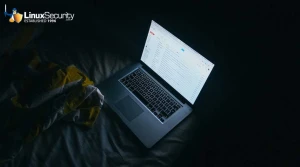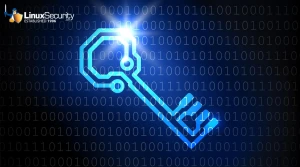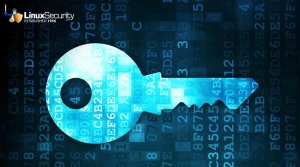Managing Linux Security Effectively in 2004
As Linux continues to gain popularity in the business world, security issues are something that cannot be ignored. In 2003, several well known Linux distributors had servers compromised. In one particular case, the vulnerability was well known in advance, but most vendors took entirely too much time to release an update. Similarly, most security problems that users face are known well in advance. As with any system, security on Linux is a process. It requires full commitment and due diligence. The secret is determining your own vulnerabilities and fixing them before anything catastrophic happens.
Although Linux security is entirely in the hands of system administrators, several improvements have been made at the kernel level. With the release of kernel version 2.6, users will now be able to take advantage of the Linux Security Module allowing greater levels of security customization, modularization, and ease of management. Another thing that has changed in the past several years is that today more of us are reliant on automated software update services. Rather than download and install patches manually, it is now easier to subscribe to a trusted source and let the system manage itself. As long as the integrity of the trusted source remains strong, automated management works flawlessly. As soon as something questionable happens, it is necessary to re-evaluate.
Solve the Problem
Addressing Linux security is like solving any problem. It must be approached with a purpose and plan. If you have been using Linux and neglecting security, it is now time to face it head on. Although the task may seems daunting in the beginning, it will soon be apparent that securing a Linux system is actually very strait forward.
In general security can be summed up into several steps. First, live by the minimum necessary rule. For example, turn off all unnecessary services, remove all programs that are not being used, and only give access when it is absolutely critical to a particular job function. Taking this simplistic approach will not only increase security, but over time will make life easier. It will eventually mean less stale-accounts to remove, less software to patch, and greater system performance.
Next, keep a software inventory of all versions used. Use this information to conduct the research necessary to ensure that all have been patched appropriately. Doing this, will greatly reduce the risk of being compromised by a known vulnerability. As simple as it may sound, doing this will make the system no longer an easy target, therefore be much less likely compromised. Unless the attacker is highly motivated highly sophisticated a hardened system will not be appealing.
Because most organizations have tens to hundreds of systems to manage, living by the minimum necessary rule, and establishing a security patch baseline is not always easy. The only way to approach Linux security is by developing a detailed plan. If server roles can be modularized, it may be much easier to determine what software is actually necessary for operation. Similarly, if multiple Web servers are on the network, they should all have the same basic set of software which again makes management easier. Planning for security, rather than trying to bolt it on after implementation is the key to success.
Setup a Routine
After a security plan is established and well underway, it also necessary to have a security routine. Security patches are released daily and your organization must have a way to deal with these. Hardening a system will only ensure a high level of security a single point in time. As time moves forward and vulnerabilities are discovered and exploits are made public, the system will become more vulnerable each day. To address this, it is necessary to monitor mailing lists, subscribe to our newsletter Linux Advisory Watch, or subscribe to an automated patch management system. When evaluating Linux distributions, it is important to take into account the frequency, timeliness, and reliability of security updates. Unfortunately, some distributions have been known to only release updates every several months in inconsistent intervals. Others are very good and release patches very soon after the vulnerability is known.
Some may wish to apply security updates daily, but it is probably more reasonable to apply them weekly. Of course, exceptions should be made for very critical updates. If production servers are going to be updated, it is advisable to first try them out in a testing environment. This is to minimize any damage that a flawed patch may cause. Also, do not forget to check the MD5 checksums of all downloaded patches. This can be done easily using the command-line tool 'md5sum.' To ensure overall system integrity, it is beneficial to a tool such as tripwire.
Being the new year, it is now the best time to establish a routine. Excuses can always be made, but now is the best time to start. Determine what is necessary to keep your systems operating securely, and pick a day each week to devote to this. Time should be spent applying security patches, reviewing logs, reviewing active user accounts, and looking for anomalies. Devoting just a little time specifically security each week can make a huge difference. It is always better to address problems before they crop up.
Concluding Remarks
Security requires both dedication and commitment. 2004 can be a good year if you expect security problems and then develop specific plans to address each of them. After the basics have been addressed, now is the time to establish a routine that will ensure security is addressed on a reoccurring basis rather than waiting for problems to surface. To maintain proper Linux security, it must be a regular part of an organization's operational maintenance. Being the beginning of a new year, it is now the perfect time to establish routines that will promote greater security. Linux is a wonderful operating system and holds a huge amount of potential. Security should not be major concern as long as it is handled properly.





















